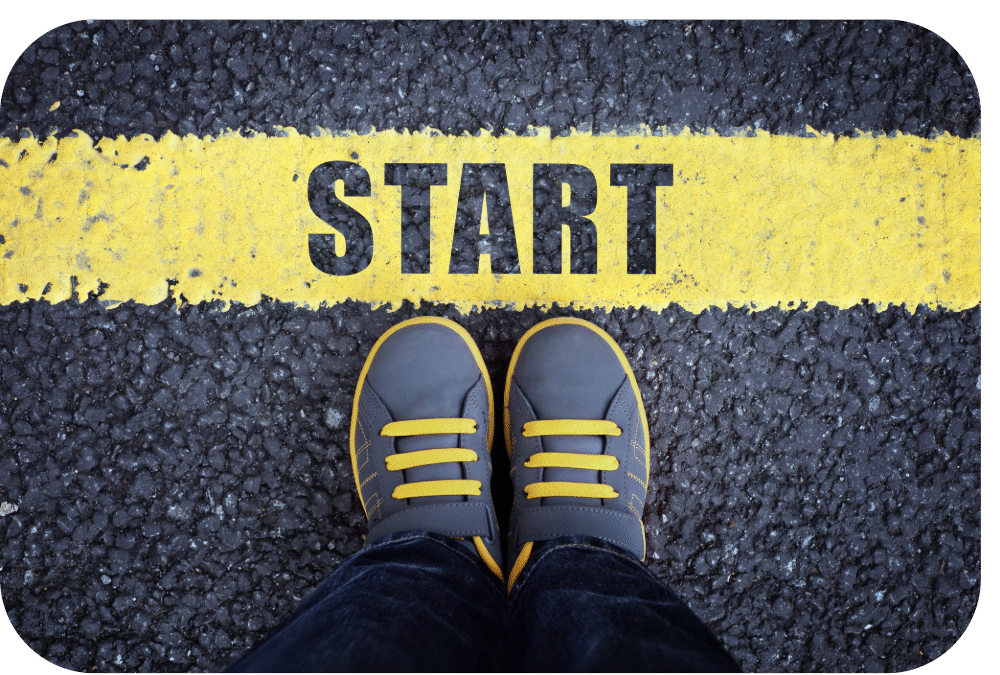The Spirit of the Journey
Embracing the Heart Behind the Eight Steps of Reconciliation
Every meaningful journey begins within.
Before two people can reconcile with one another, they must each first reconcile with truth — the truth about themselves, their intentions, and their willingness to grow.
The Holy Day of Atonement is not only a call to action; it is a call to spirit. It invites us to approach one another not with accusation, but with humility, patience, and love. The Honorable Minister Louis Farrakhan reminded us that the process of atonement is not mechanical. It is spiritual — a divine opportunity to cleanse the heart and restore peace among us.
The Heart Over the Steps
The Eight Steps of Reconciliation provide the structure, but the spirit behind those steps determines whether they bring healing or remain mere formality.
You can complete every stage — acknowledge, confess, repent, and even forgive — yet if pride, resentment, or self-righteousness linger, the journey remains unfinished.
Reconciliation is more than the absence of conflict. It is the presence of understanding.
It requires listening not to argue, but to truly hear. It asks us to see the divine spark in the other person, even when disagreement clouds our view.
Atonement Begins with Intention
Before you begin your journey through the HDOA platform, take a moment of silence.
Ask yourself:
- Am I seeking peace or victory?
- Am I ready to be honest, even if it hurts?
- Am I willing to forgive — and to be forgiven?
These questions are not about perfection; they are about readiness. Atonement cannot take root in a heart that clings to justification. It blossoms only where truth and compassion meet.
The Role of Patience and Prayer
Every act of reconciliation has its seasons. Some steps come easily; others unfold slowly. It may take time for trust to rebuild, for emotions to settle, or for words to find their way.
During these moments, patience becomes an act of worship. Prayer becomes a form of progress. Each breath of restraint and humility draws us closer to divine alignment — closer to the peace Minister Farrakhan described as “the fruit of obedience to God’s command to love one another.”
Technology with a Higher Purpose
The Holy Day of Atonement website was built with this spirit in mind — not to replace the human touch, but to protect it. It provides a secure, private space where two hearts can walk the Eight Steps together, guided by intention and mutual consent.
Whether the dialogue happens in person, over the phone, or through the digital platform, what matters most is the spirit in which it happens.
Technology becomes holy when used to heal — when it carries the weight of sincerity and the light of understanding.
Arriving with Grace
At the end of the Eight Steps, when you receive your Certificate of Reconciliation, understand that it marks not an ending, but a new beginning. You have not simply completed a process — you have renewed a bond, restored balance, and opened a pathway for divine favor to flow more freely in your life.
The journey may begin between two people, but its blessing extends far beyond them. Every act of reconciliation strengthens the fabric of family, community, and nation.
In Reflection
“We cannot atone to God until we reconcile with one another.”
— The Honorable Minister Louis Farrakhan
The Spirit of the Journey reminds us that reconciliation is more than an agreement — it is a transformation. It is the moment when forgiveness becomes freedom, when humility becomes strength, and when peace becomes our shared purpose.
Let your journey be guided not only by steps, but by the right spirit.

